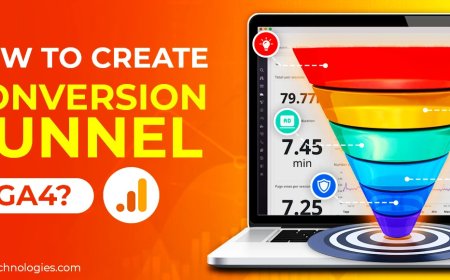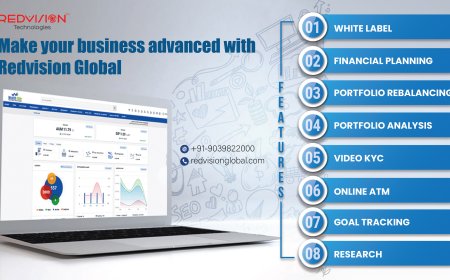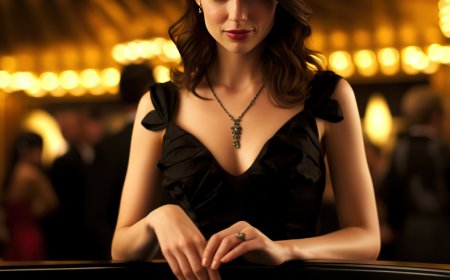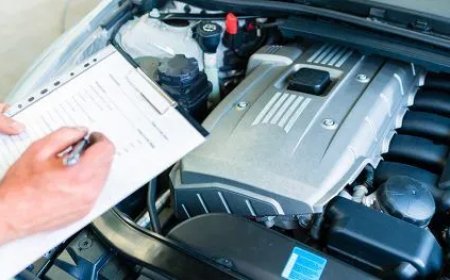Do You Really Need a DSP? Enhancing Speaker Output Through Smart Processing
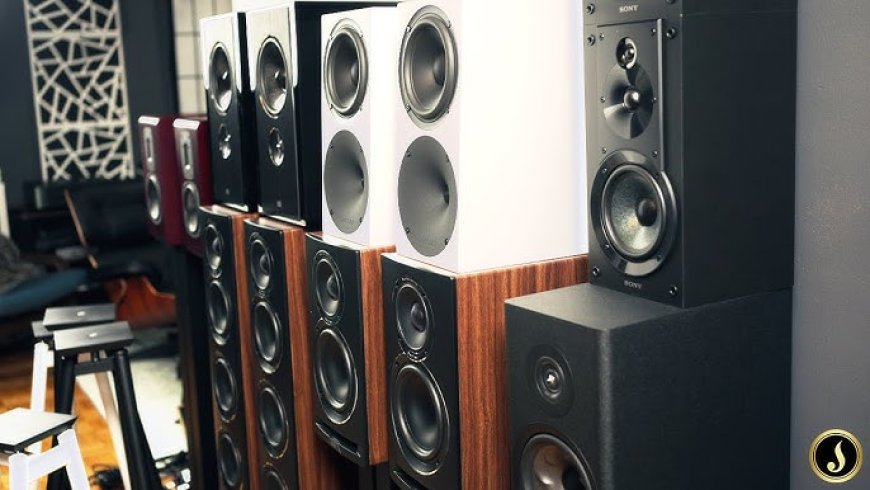
In the world of car audio, getting better sound is about more than just adding louder speakers or a bigger subwoofer. Its about control, precision, and balanceand thats where DSPs (Digital Signal Processors) come in. For audiophiles and everyday drivers alike, the right DSP can transform a good system into an incredible one.
But do you really need one?
If your system already sounds decent, you might wonder if a DSP is just for competition builds or high-end installs. In this article, well break down what a DSP does, who its for, and how it can drastically improve speaker performanceespecially when paired with complementary tools like epicenter bass processors.
What Is a DSP in Car Audio?
A DSP (Digital Signal Processor) is a device that allows you to fine-tune the audio signal before it reaches your speakers and subwoofers. Unlike a basic head unit or amplifier, a DSP gives you full control over:
-
Equalization (EQ)
-
Crossover settings
-
Time alignment
-
Signal summing
-
Phase correction
In short, it allows you to shape the sound of your system in precise ways that analog controls cant match.
What a DSP Can Actually Do
?? Equalization (EQ)
Adjust specific frequency bands to suit your music preferences, speaker placement, or vehicle acoustics. Smooth out harsh highs, fill in hollow mids, or cut muddy bass.
?? Time Alignment
Align the sound from each speaker so all frequencies reach your ears at the same time. This dramatically improves imaging and stage depth.
? Crossover Control
Create exact crossover points for each speaker to ensure theyre only playing the frequencies they were built for. Cleaner, more efficient sound at every level.
? Signal Summing
Factory systems often send partial audio signals to each speaker. A DSP can combine and correct them before sending to your upgraded components.
? Phase Correction
Eliminate cancellation between subwoofers and mids by correcting phase issues, improving bass tightness and clarity.
Do You Need a DSP?
It depends on your goals.
? You Probably Need a DSP If:
-
Youve upgraded speakers and amps, but still hear imbalance or distortion
-
You want a custom-tuned soundstage instead of generic EQ presets
-
Your vehicle uses a complex OEM head unit, and youre keeping it
-
Youre preparing for competition or demo builds
? You May Not Need a DSP If:
-
Youre using a basic, all-in-one speaker/amp combo
-
Your system is limited to entry-level components
-
Youre satisfied with plug-and-play performance
That said, even budget systems can benefit noticeably from digital processingespecially in acoustically challenging vehicles like trucks or hatchbacks.
DSP vs Bass Enhancers: Can They Work Together?
Many people confuse DSPs with bass processors. While they serve different roles, they can work together to enhance your systems overall impact.
Take the epicenter bass processor, for example. Its designed to restore low-end frequencies lost in compressed or factory-tuned music sources. This is especially helpful in digital streaming platforms or OEM radios that cut deep bass to protect stock speakers.
Key Differences:
| Feature | DSP | Epicenter Bass |
|---|---|---|
| Equalizes all frequencies | ? | ? |
| Adds or restores bass | ? | ? |
| Adjusts time and phase | ? | ? |
| Best for full-system tuning | ? | ? |
| Best for restoring punch in low end | ? | ? |
Together, they form a powerful duo: DSP handles clarity and control, while the epicenter bass brings depth and warmth back into your music.
Real-World Example: How DSP Changes the Game
Lets say you have a system with:
-
Aftermarket component speakers
-
A solid subwoofer in a ported box
-
Two separate amps for highs and lows
Even with quality gear, it sounds a little off. Vocals seem too far left. Bass is boomy on some songs and weak on others. Thats where a DSP comes in.
By:
-
Time-aligning left and right channels
-
Setting accurate crossover points
-
Flattening EQ peaks
-
Adjusting gain structure across channels
your entire system transforms from loud but messy to loud, clean, and immersive.
Now, pair that with a bass restoration processor like the epicenter bass, and suddenly your digital playlists sound rich and full againeven tracks that previously felt hollow or weak.
DSPs for Daily Driving vs Competition
For Daily Driving:
-
A simple 6-channel DSP with built-in EQ and crossover control is plenty.
-
Use factory head unit integration to keep OEM aesthetics and steering controls.
-
Set and forgetwith presets for different genres or driving moods.
For Competition or Demos:
-
Consider a full-featured DSP with 812 channels, optical input, and advanced tuning software.
-
Use external tuning mics and RTA tools for accurate frequency curve setup.
-
Program multiple tuning maps for bass demos, SQ judging, and daily use.
Choosing the Right DSP
Here are a few things to look for when buying:
-
Input Options: RCA, high-level, and optical
-
Tuning Software: Look for models with PC or mobile app support
-
Channel Flexibility: More channels = more control for active systems
-
Built-in Line Output Converters (LOCs): Helpful for OEM integration
-
Memory Presets: Save different tuning profiles for convenience
Top brands in DSP tech include AudioControl, Helix, Audison, and JL Audio.
Final Thoughts: The Smartest Way to Better Sound
You can spend thousands on speakers and amplifiers, but without proper tuning, youll never hear their full potential. Thats where a DSP steps ingiving you control over your sound that hardware alone simply cant provide.
And when paired with enhancements like the epicenter bass processor, youre not just getting cleaner audioyoure getting deeper, more emotional, and more engaging sound across every track.
So, do you really need a DSP?
If you're serious about building a system thats more than just loudone thats detailed, immersive, and custom to your earsthen yes. A DSP is more than a luxury. Its a critical tool in the modern car audio builders toolkit.





